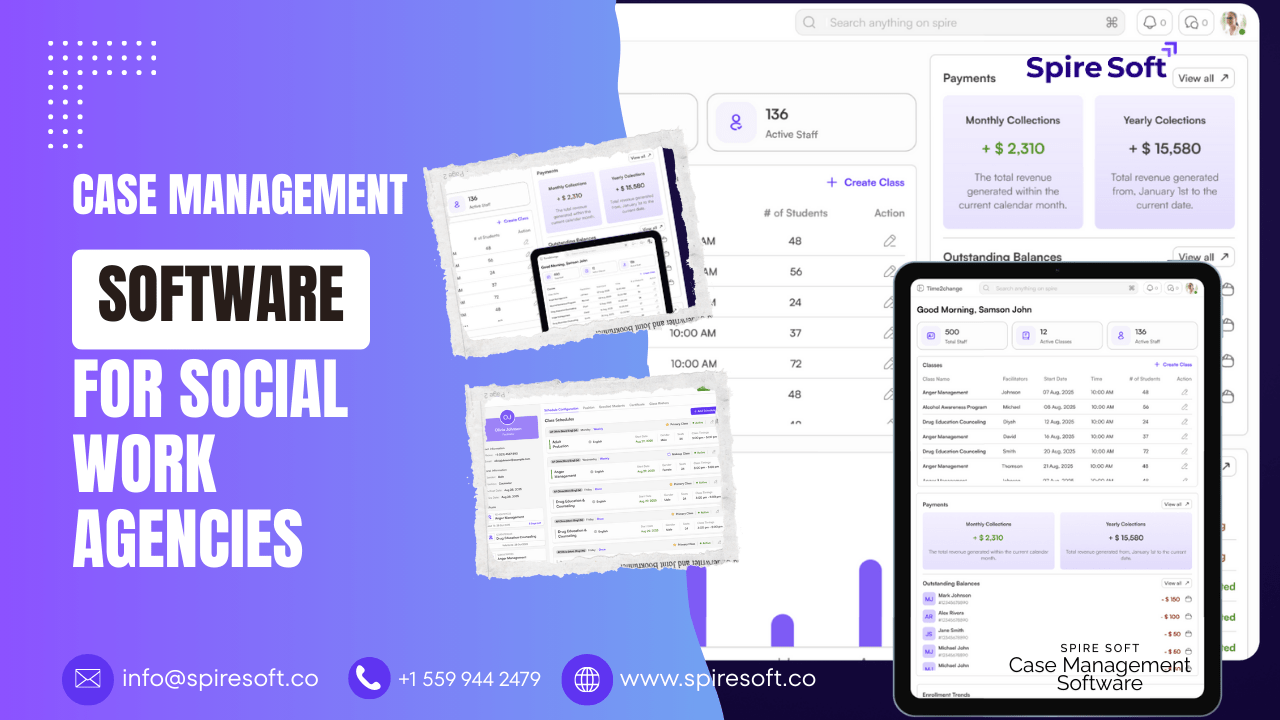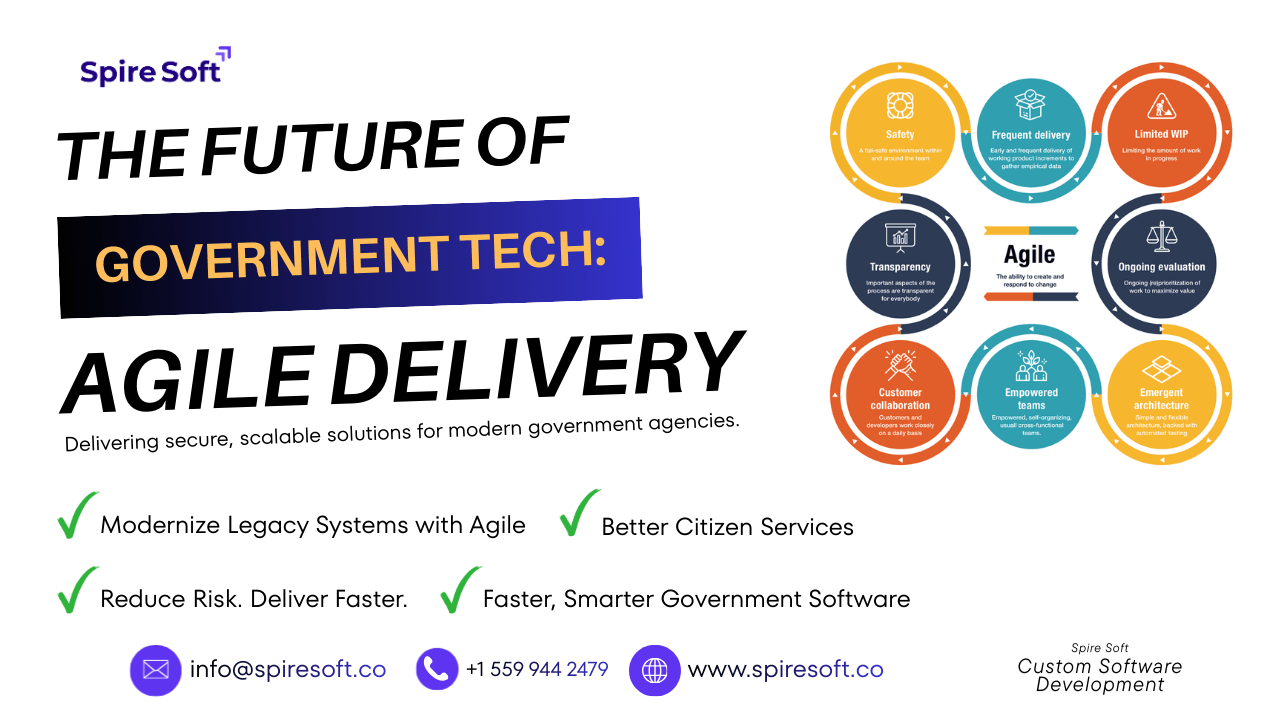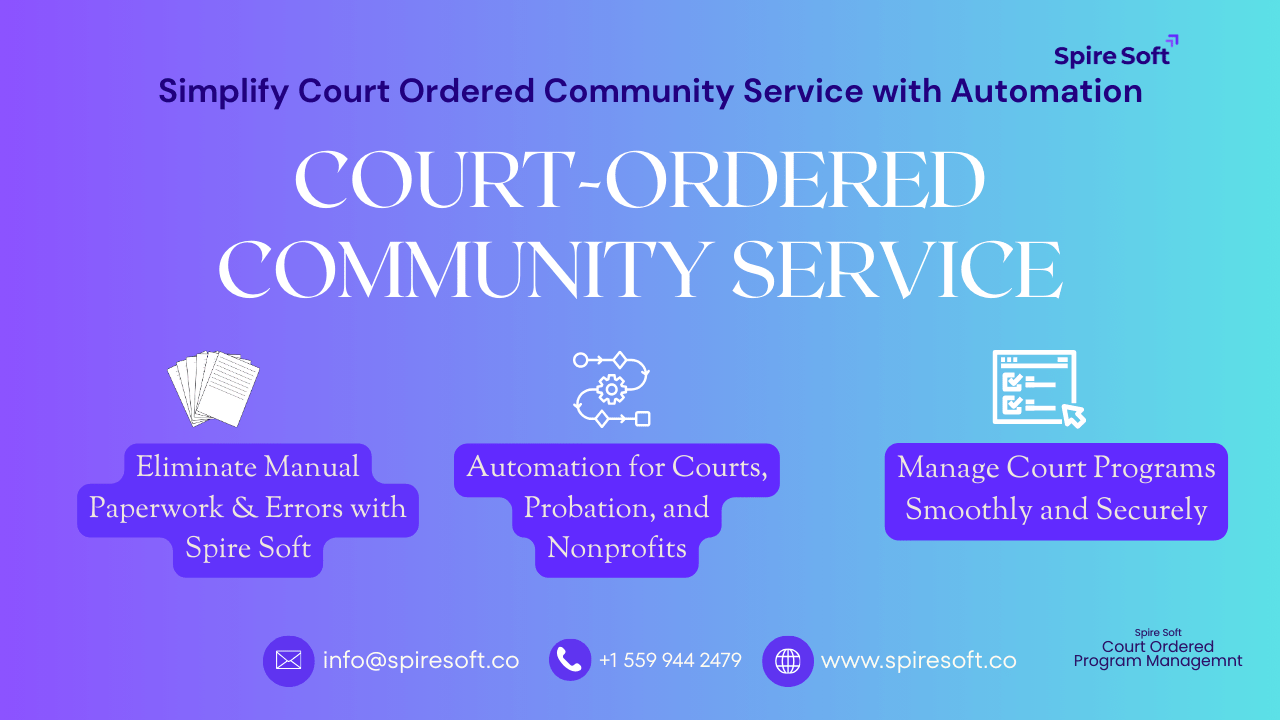Blog Post
In-house vs outsourced software development: What’s best for your enterprise?
August 14, 2025
Table Of Content
Introduction
Your business is growing. Your customers expect more. And your software? It needs to evolve just as quickly—if not faster.
But here’s where many enterprises hit a wall: do you invest months (and a significant budget) in building a permanent in-house development team, or do you bring in an experienced partner who can start delivering from day one?
It’s not just a technical decision—it’s a business-critical one that shapes your budget, delivery speed, talent quality, and long-term scalability.
At Spire Soft, we’ve seen this crossroads from both sides. We’ve helped enterprises struggling with in-house bottlenecks speed up delivery, and we’ve guided companies unsure about outsourcing toward solutions that saved them time, money, and stress—without compromising quality.
So if you’re weighing in-house vs outsourcing software development—whether for a product launch, a system overhaul, or ongoing enhancements—this guide will walk you through the real trade-offs in cost, expertise, and time, so you can choose the path that accelerates your growth, not stalls it.
What is in-house vs outsourced software development?
Before comparing the two, let’s define them clearly:
- In-house software development means building and maintaining your own permanent development team. This includes hiring developers, designers, testers, and project managers who work exclusively for your company.
- Outsourced software development means partnering with a third-party provider—like Spire Soft—to handle your software needs without you having to manage full-time staff.
Some businesses also consider freelance developers as a third option, especially for small or short-term projects.
Benefits of outsourcing software development
Many enterprises discover that outsourcing offers a strategic advantage beyond just cost savings. By partnering with a company like Spire Soft, you gain:
1. Cost efficiency
Building an in-house team means covering salaries, benefits, workspace, recruitment, and training costs—even during downtime.
With outsourcing, you pay only for the services you need, whether it’s a full product build or a short-term project boost. This keeps budgets lean without compromising quality.
2. Faster time to market
Hiring and onboarding in-house talent takes time.
Outsourcing gives you immediate access to skilled teams with proven workflows—helping you launch faster and stay ahead of competitors.
3. Access to specialized skills
From AI to cloud architecture, outsourcing connects you to experts in cutting-edge technologies without having to maintain that expertise internally.
4. Scalability
Need to scale up for a product launch or scale down after delivery? Outsourcing lets you adjust resources flexibly without the HR complexity of expanding or reducing an in-house team.
In-house development: When it makes sense?
While outsourcing offers flexibility and speed, there are scenarios where building and maintaining your own in-house development team is the better choice.
1. Long-term, continuous development
If your software is a core business asset that will require ongoing updates, integrations, and iterations for years to come, having a dedicated team in-house ensures they stay deeply involved in its evolution. These developers live and breathe your product, making it easier to maintain consistency, address bugs quickly, and respond to changing requirements without onboarding delays.
2. Deep, daily collaboration
Some projects demand tight-knit, face-to-face communication and rapid back-and-forth between developers, designers, and other departments. In-house teams can be fully embedded in your company’s culture and daily workflows, leading to faster decision-making and closer alignment with your strategic vision.
3. Protecting sensitive IP internally
For businesses handling confidential data, proprietary algorithms, or trade secrets, keeping development entirely in-house can reduce exposure risks. While reputable outsourcing partners have strong security protocols, managing everything internally offers complete control over access, storage, and compliance.
The trade-offs to consider:
- Higher costs: Salaries, benefits, office space, equipment, and ongoing training make in-house teams a substantial long-term investment.
- Slower hiring: Recruiting skilled developers—especially for niche technologies—can take months, slowing project kick-off.
- Limited skill diversity: Unless you build a very large team, you may not have every specialized skill you need in-house, leading to potential capability gaps for certain projects.
In short, in-house development excels for continuous, business-critical projects that demand close collaboration and control, but it’s not always the most agile or cost-effective option.
Full comparison: Spire Soft vs in-house vs freelance
Choosing between outsourcing to Spire Soft, building an in-house team, or hiring freelance developers comes down to how each option performs across the key factors of cost, expertise, time, control, and scalability.
| Factor | Spire Soft (Outsourced) | In-house Team | Freelance Developers |
| Cost | Lower, project-based pricing | High fixed costs (salaries, tools, benefits) | Low per hour, but less reliable & scalable |
| Expertise | Specialized, multi-disciplinary, vendor-backed | Deep business alignment, focused expertise | Varies widely, inconsistent quality |
| Time to Launch | Rapid onboarding & delivery | Delayed by recruiting and training | Can be quick but unpredictable |
| Control | Moderate (via communication & reporting tools) | High (direct oversight) | Low (limited control over process) |
| Scalability | High—easily add or remove resources | Low—scaling requires time and new hires | Low availability depends on individuals |
Spire Soft is ideal for companies seeking speed, specialized skills, and scalability without the cost burden of a permanent team.
In-house works best for long-term, business-critical projects that demand full control and deep internal integration.
Freelance may suit short-term, narrowly defined tasks but carries higher risks in quality and reliability.
How to decide what’s best for your enterprise?
The choice between in-house and outsourced software development goes beyond just the price tag—it’s about finding the approach that aligns with your goals, resources, and timelines.
If you have the budget, time, and internal capacity to hire, train, and retain a full development team—and your project requires continuous, long-term involvement—an in-house model may offer:
- Deep cultural and operational alignment.
- Direct, daily collaboration with your developers.
- Long-term ownership and control over every stage of development.
However, if your business needs to move fast, adapt to fluctuating demands, or access specialized skills that aren’t available internally, outsourcing can provide:
- Ready-to-go teams with proven processes.
- Faster time to market with minimal setup delays.
- Access to a wider talent pool covering multiple technologies.
- Flexible scaling—add or remove resources as project demands change.
With a partner like Spire Soft, you can harness the speed, expertise, and scalability of outsourcing without losing visibility or quality control. The right choice will be the one that supports your time-to-market goals, fits your budget, and positions your business for sustainable growth.
Common mistakes to avoid in outsourced software development:
Outsourcing can deliver exceptional results, but only if it’s approached strategically. Over the years, we’ve seen businesses make avoidable mistakes that end up costing time, money, and momentum. Avoid these pitfalls to ensure your outsourcing partnership works in your favor:
1. Focusing only on price instead of value and capability
While cost efficiency is one of the main advantages of outsourcing, choosing the cheapest option often leads to hidden expenses later. Low-cost providers may lack the expertise, resources, or quality standards needed for complex projects—resulting in missed deadlines or subpar output. Prioritize a balance of value, proven skill, and reliability over headline rates.
2. Not defining clear project goals and deliverables upfront
A successful project starts with a clear, agreed-upon scope. Without it, you risk scope creep, misunderstandings, and missed milestones. Clearly outline your objectives, timelines, deliverables, and quality expectations before the first line of code is written. This ensures both you and your outsourcing partner are aligned from day one.
3. Ignoring post-launch needs
Software development doesn’t end at deployment. Every product needs ongoing maintenance—whether it’s fixing bugs, updating features, or scaling to meet new demands. Choosing a partner who can’t provide reliable post-launch support can leave your software vulnerable and your users dissatisfied. Ensure your outsourcing agreement includes a plan for continuous improvement.
Conclusion: Choosing the smarter path for your growth
In-house development gives you maximum control and deep integration with your company culture. Outsourcing brings speed, flexibility, and cost-efficiency—often without sacrificing quality.
The truth is, you don’t have to compromise. With Spire Soft, you get the best of both worlds:
- Specialized expertise across industries and technologies, ready to apply to your unique challenges.
- Flexible engagement models that adapt to your budget, project scope, and timelines.
- Transparent communication and real-time progress tracking for complete visibility and confidence.
Whether you’re launching a new product, scaling existing software, or modernizing legacy systems, we’ll help you scale smart—without growing overhead.
Ready to build your next software project the smart way?
Talk to Spire Soft today and discover how we can turn your vision into reality.
FAQs about in-house vs outsourcing software development:
1. What’s the main difference between in-house and outsourcing software development?
In-house means recruiting and managing your permanent development team. Outsourcing means working with an external partner like Spire Soft, who provides the talent, tools, and processes without you having to maintain full-time staff.
2. Why do companies choose outsourcing over in-house?
Outsourcing cuts operational costs, speeds up delivery, and gives instant access to specialized skills—without the delays and expenses of hiring internally.
3. Can outsourcing work for long-term projects?
Absolutely. Many of our clients partner with Spire Soft for multi-year engagements, leveraging our teams to handle ongoing development while their internal teams focus on strategic priorities.
4. Is outsourcing more expensive in the long run?
In most cases, no. By eliminating fixed salaries, infrastructure costs, and recruitment expenses, outsourcing often saves 20–40% compared to in-house development—especially for projects with variable workloads.
5. How do I maintain control when outsourcing?
With the right partner, you stay in control. At Spire Soft, we ensure full visibility through regular updates, detailed progress reports, and collaborative tools that keep you involved at every stage.




